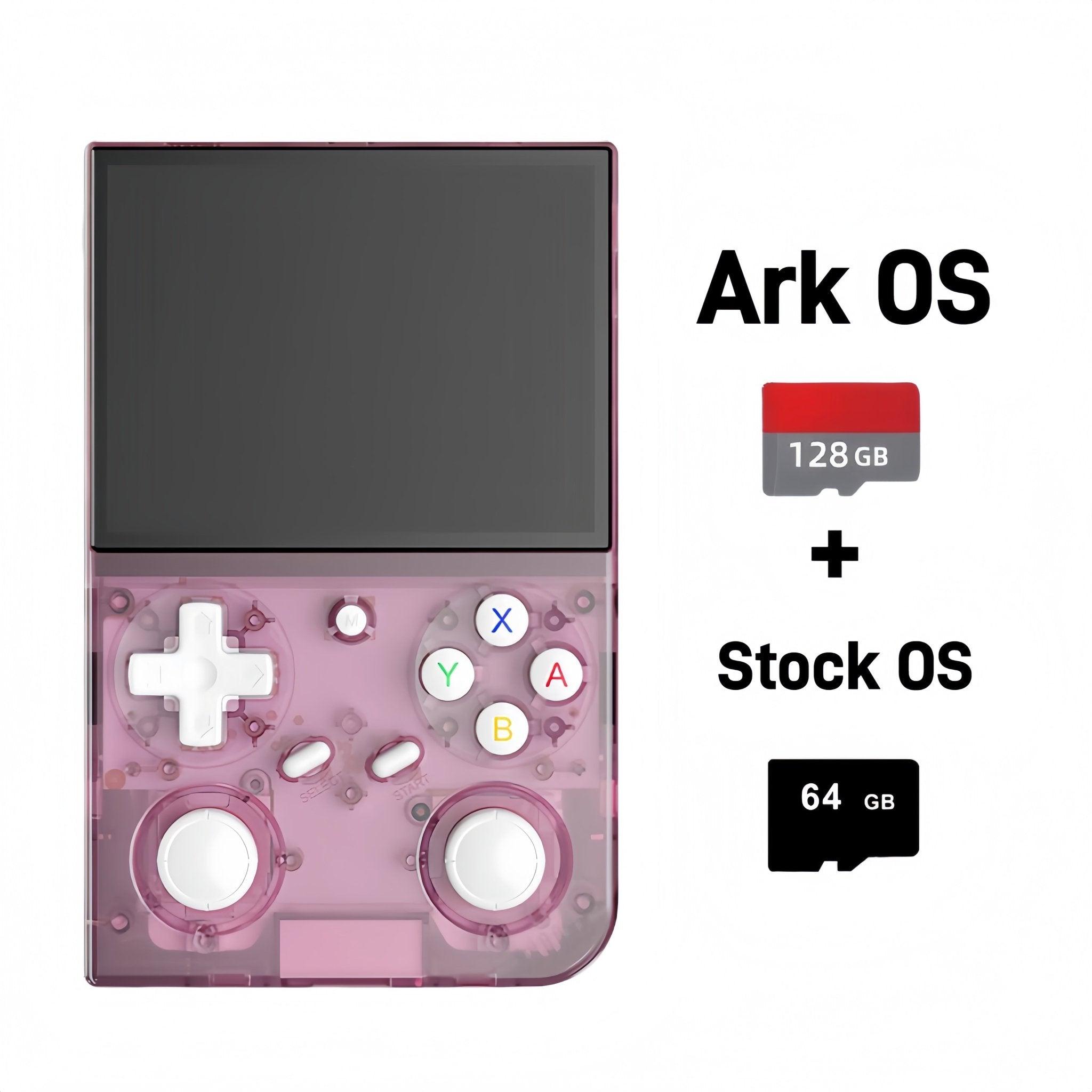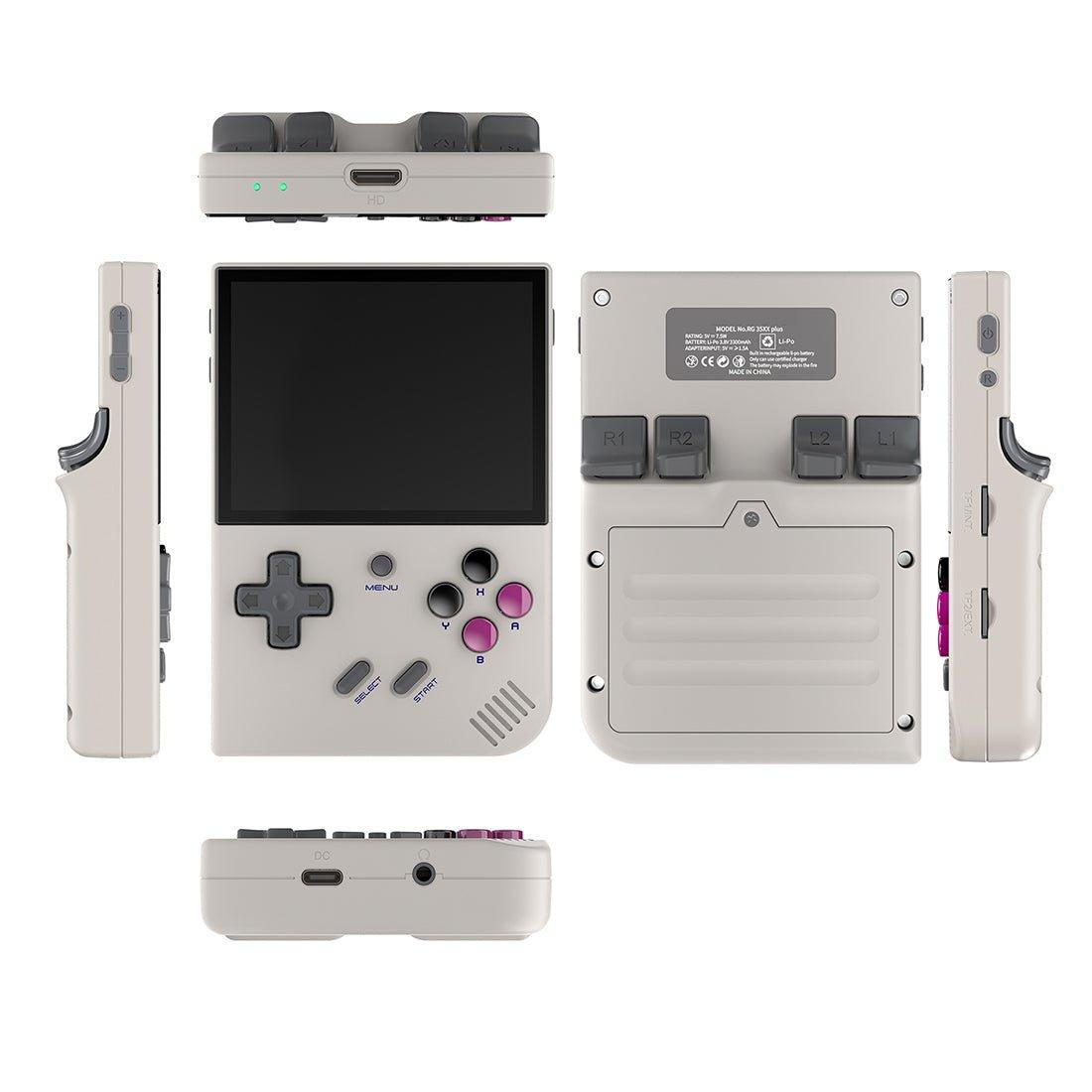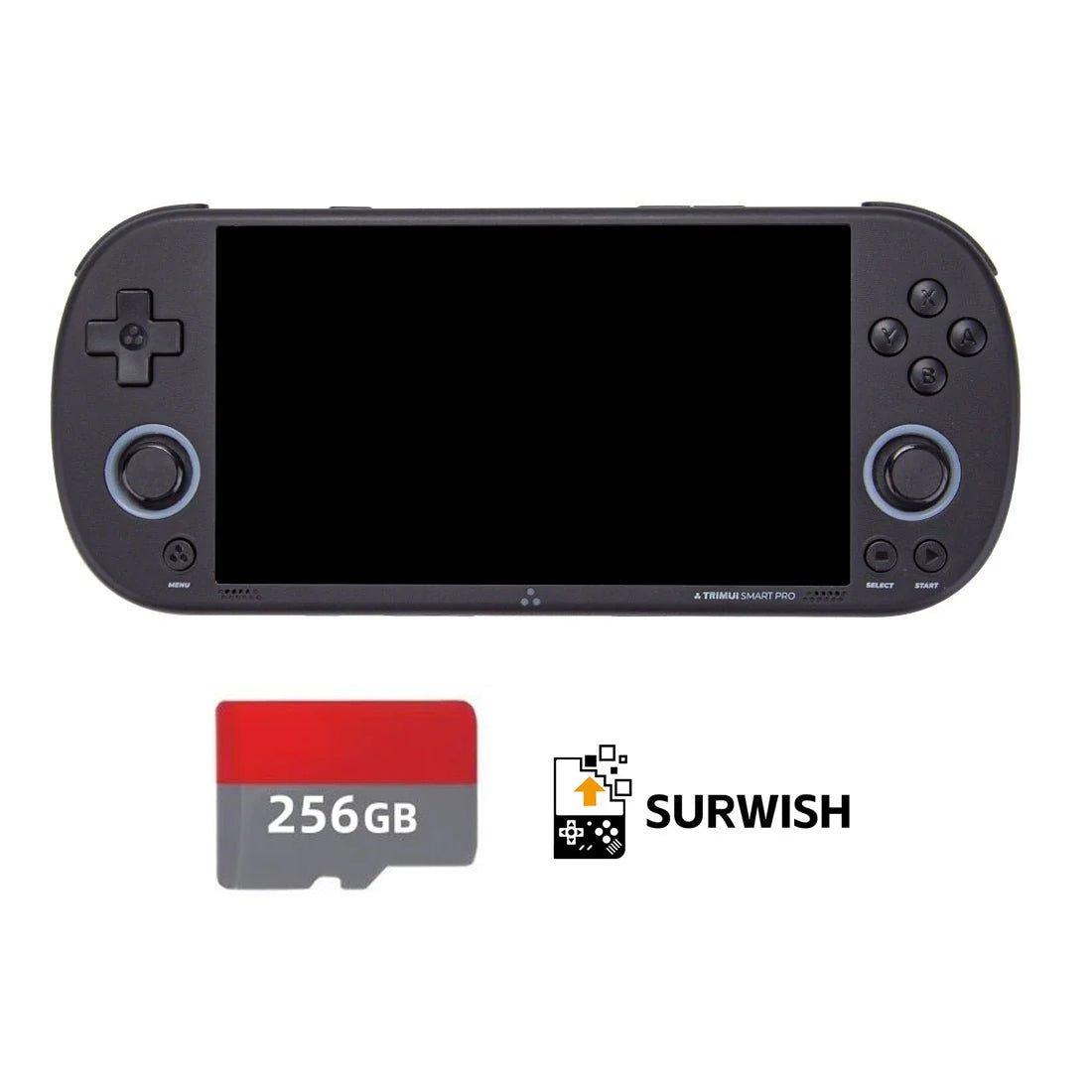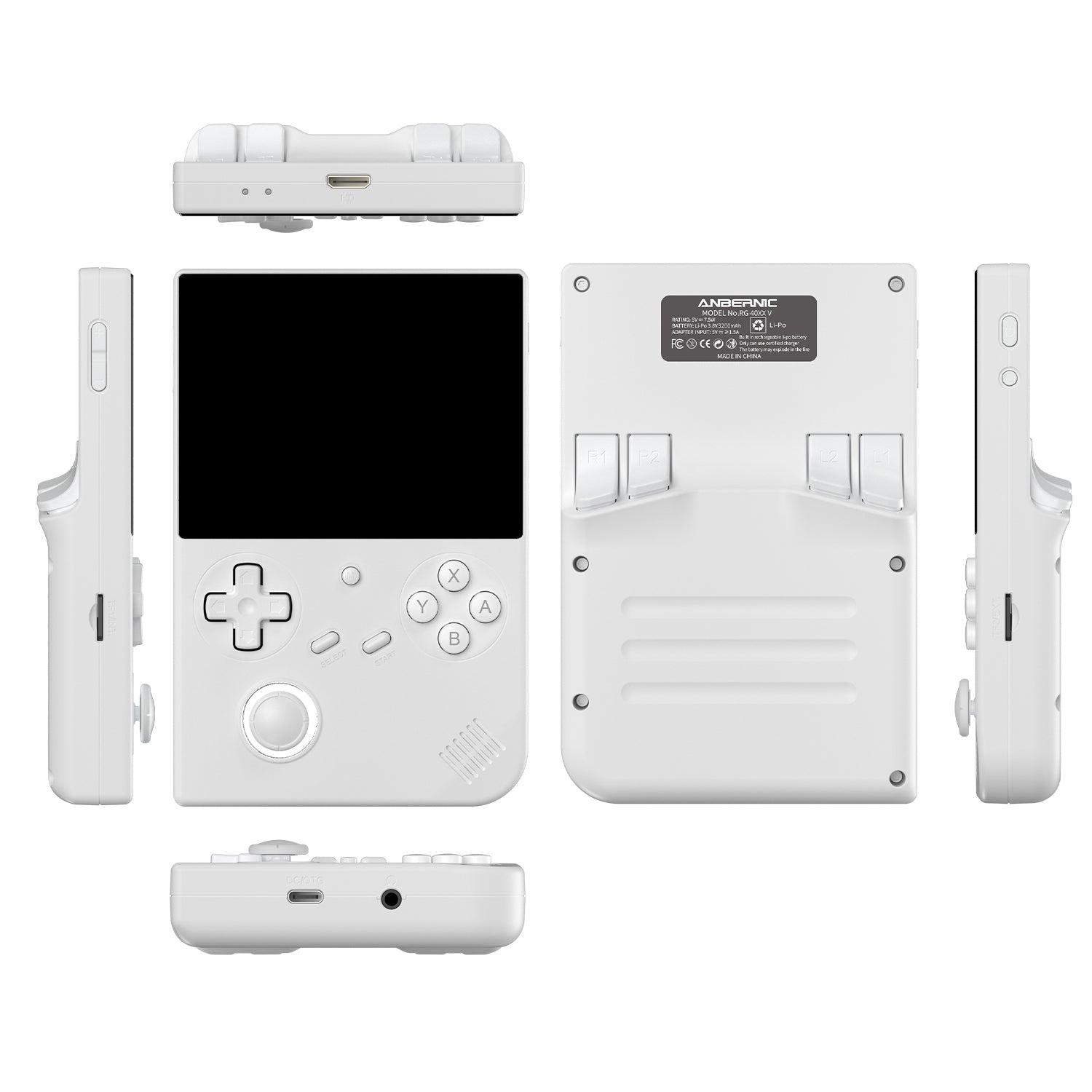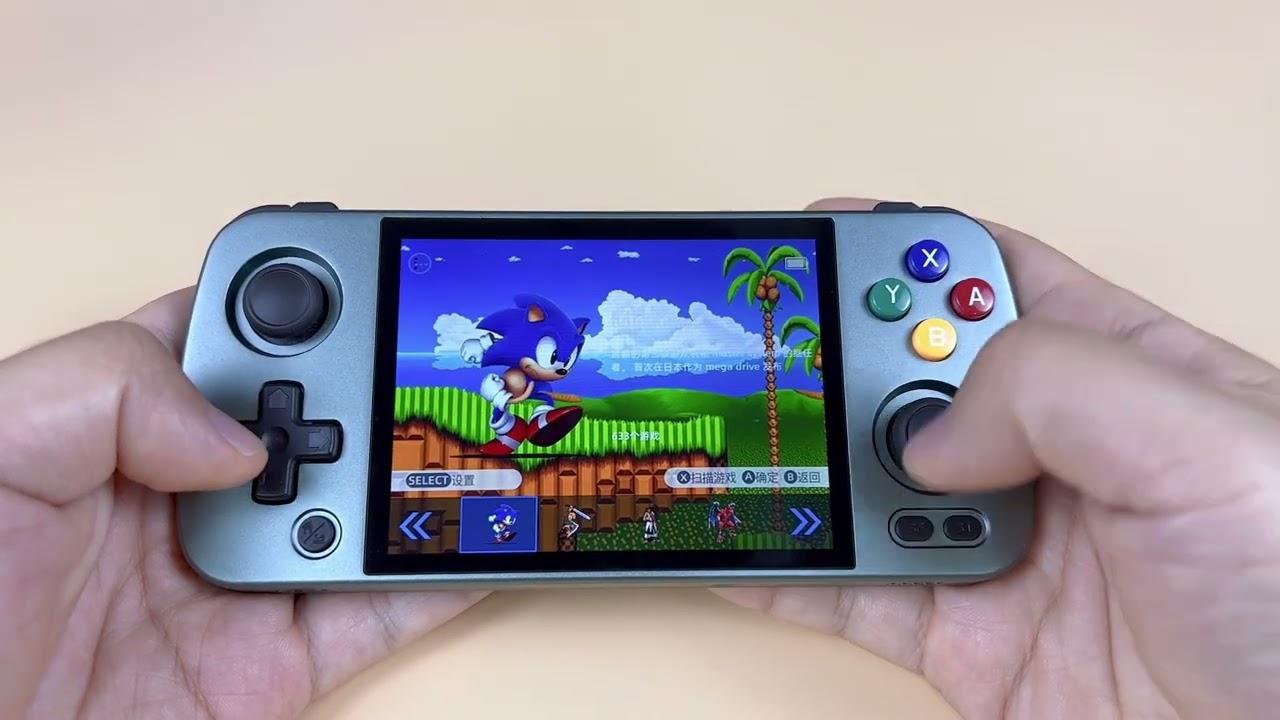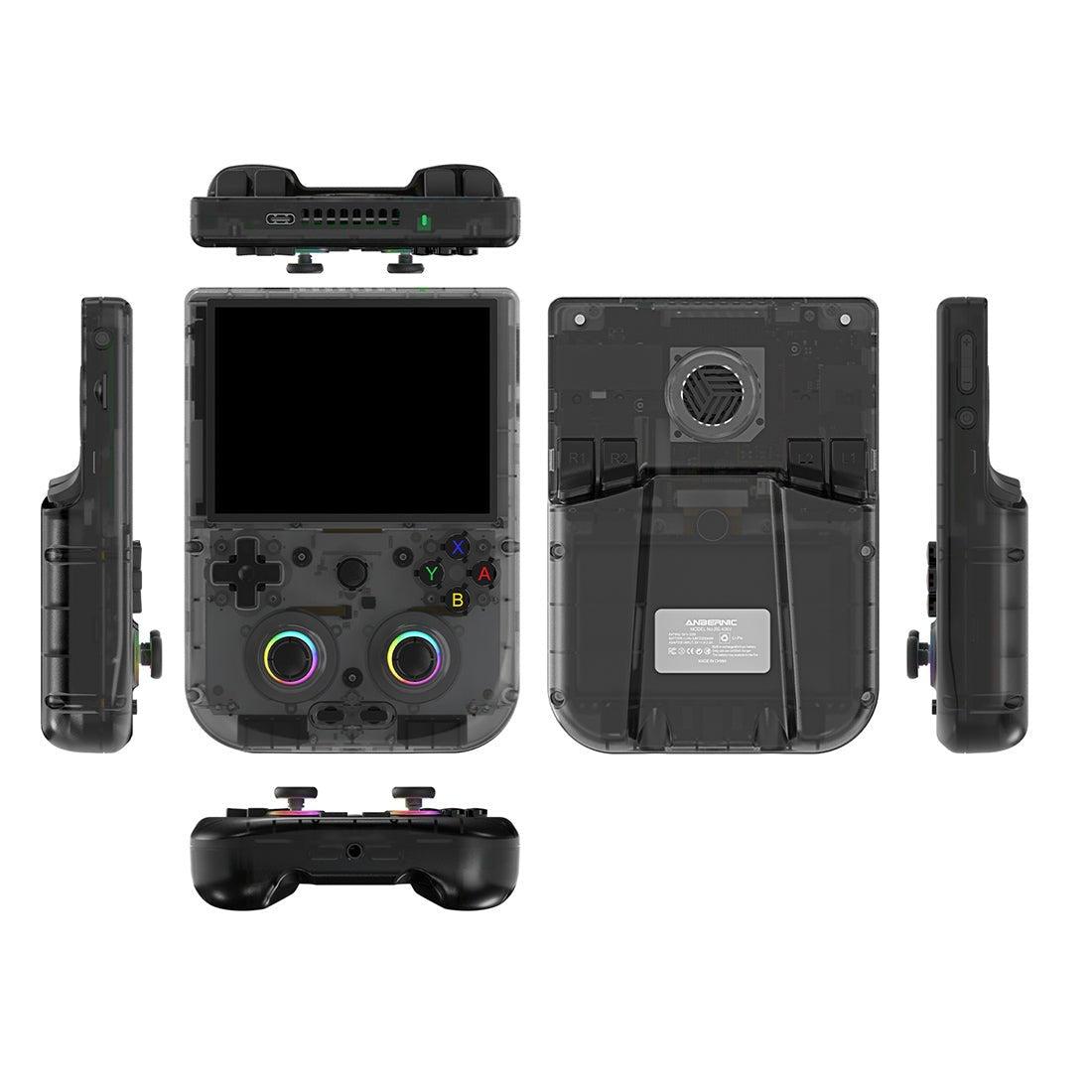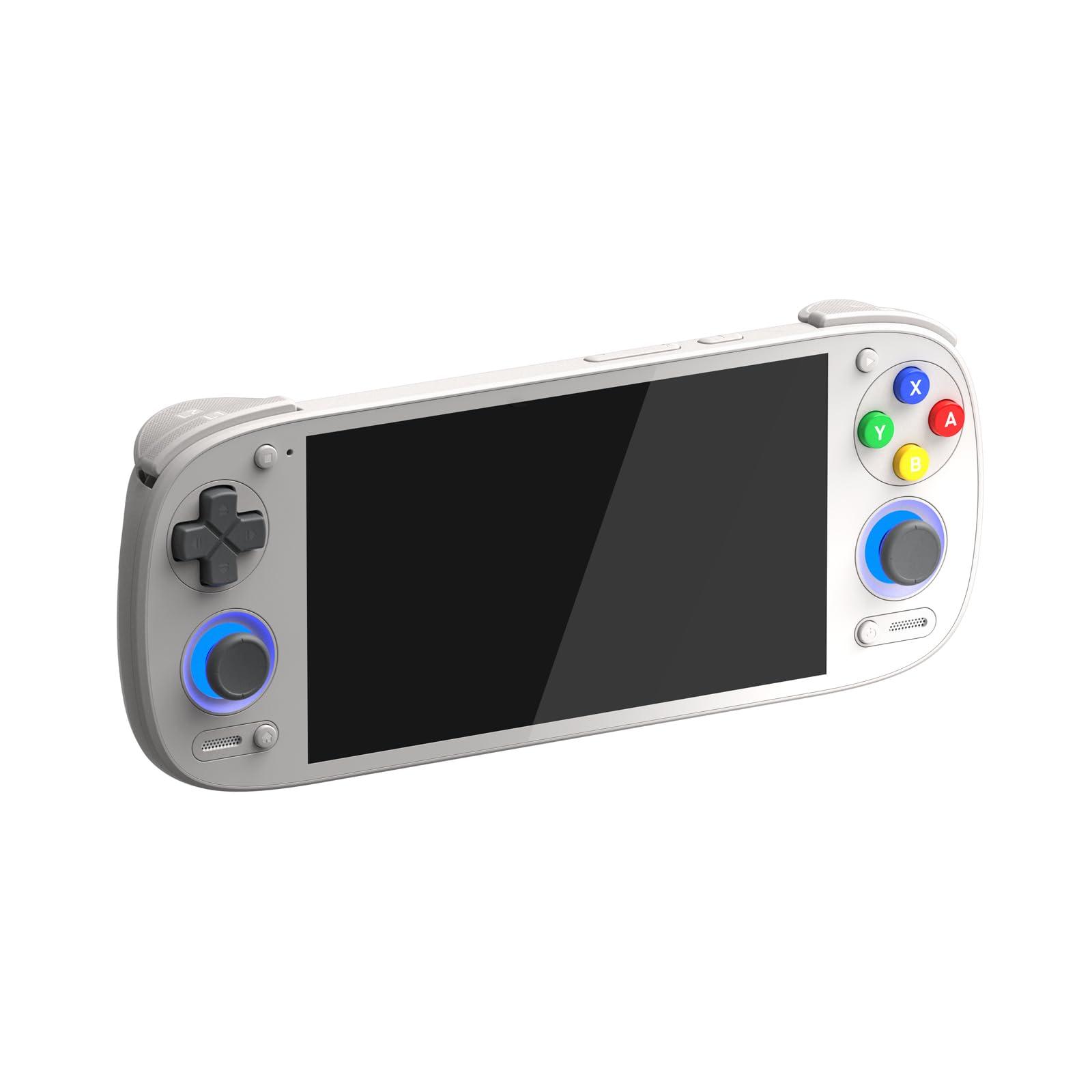Budget vs Premium Retro Handhelds: Which Should You Buy?
The retro handheld market ranges from $35 budget options to $600+ premium devices. Understanding what you get at each price point will help you make the right choice without overspending or settling for less than you need.
The Price Spectrum Explained
Retro handhelds can be grouped into three main tiers, each offering distinct capabilities and trade-offs. The key is finding the sweet spot for your gaming needs and budget.
Budget Tier: $35-$80
What You Get
Perfect Performance: 8-bit systems (NES, Game Boy, Game Boy Color), 16-bit systems (SNES, Genesis, GBA)
Screen Size: Typically 3.2-3.5 inches, perfect for Game Boy games
Build Quality: Plastic construction, decent buttons, basic D-pad
Operating System: Usually OnionOS, GarlicOS, or Ark OS - simple and user-friendly
Battery Life: 4-6 hours typical
Storage: MicroSD card (not included)
What You Miss
❌ PS1 performance may be inconsistent
❌ No PSP or Dreamcast capability
❌ Basic plastic build, no premium materials
❌ Smaller screens can strain eyes on detailed games
❌ No WiFi on some models
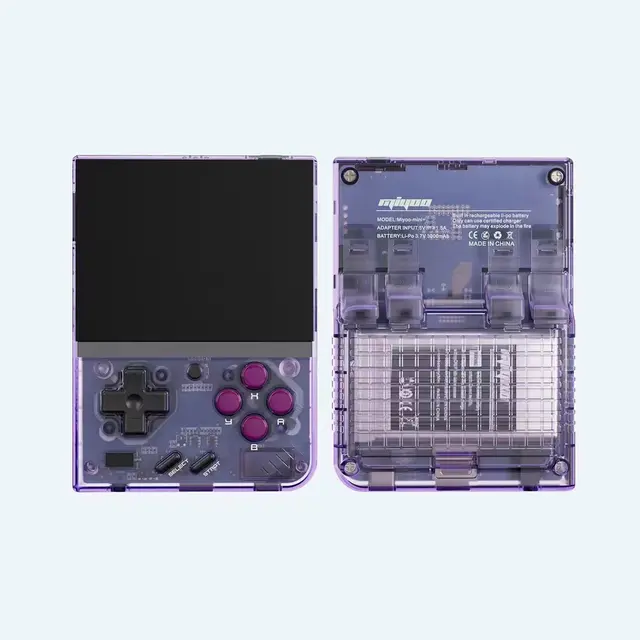
💰 Best Budget Pick: Miyoo Mini Plus ($65.99)
The gold standard for budget retro gaming. Plays everything up to PS1 beautifully, features WiFi for easy ROM transfer, and runs OnionOS for beginner-friendly setup. The 3.5-inch screen is perfect for Game Boy games, and it literally fits in your pocket.
Best For:
- First-time retro handheld buyers
- Game Boy and GBA enthusiasts
- Casual 16-bit gaming
- Maximum portability
- Testing the waters before investing more
Mid-Range Tier: $80-$150
What You Get
Perfect Performance: Everything budget tier plays PLUS excellent PS1, good N64
Screen Size: 3.5-5 inches, better visibility
Build Quality: Improved materials, better buttons, more comfortable
Operating System: GarlicOS, CrossMix OS, or basic Android
Battery Life: 5-8 hours
Extras: WiFi, better speakers, hall-effect joysticks on some models
What You Miss
❌ PSP and Dreamcast may struggle on some titles
❌ No GameCube or PS2 capability
❌ Not the best build quality (still mostly plastic)
❌ Limited to retro systems only
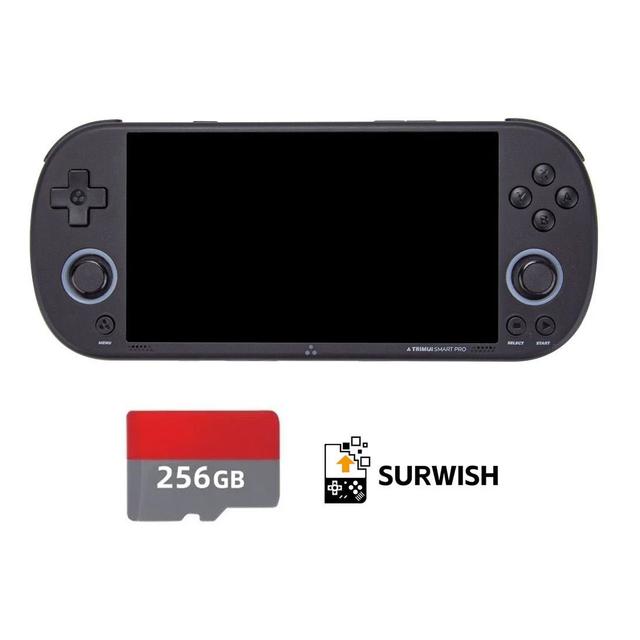
⭐ Sweet Spot: Trimui Smart Pro ($89.99)
The best value in retro handhelds. Features a gorgeous 4.96-inch OLED display, handles PSP and Dreamcast beautifully, and costs under $100. CrossMix OS provides excellent performance optimization. Perfect for serious retro gamers on a budget.
Best For:
- PS1 and PSP enthusiasts
- Users who want better build quality
- Longer gaming sessions (better ergonomics)
- More serious retro gaming
- Best bang-for-buck ratio
Premium Tier: $150-$300+
What You Get
Perfect Performance: EVERYTHING including GameCube, PS2, Nintendo DS, 3DS (varies by device)
Screen Size: 4-7 inches, often OLED, stunning displays
Build Quality: Metal chassis, premium buttons, hall-effect joysticks, OLED screens
Operating System: Full Android 13/14, access to Play Store, modern apps
Battery Life: 4-7 hours even under heavy load
Extras: 5G WiFi, Bluetooth, cloud gaming, modern game support
What You Pay For
✅ GameCube and PS2 emulation capability
✅ Premium materials (metal builds, OLED screens)
✅ Hall-effect joysticks (no drift, longer lifespan)
✅ Full Android ecosystem
✅ Better speakers and audio quality
✅ Cloud gaming support (Xbox Game Pass, GeForce Now)
✅ Much better resale value

🏆 Premium Pick: Anbernic RG406V ($229.99)
The best all-around premium handheld. Features a stunning 4-inch OLED display, Android 13, hall-effect joysticks, and handles GameCube and PS2 games smoothly. Vertical design is perfect for arcade games and classic handhelds. Premium build quality that feels like it's worth every penny.
Best For:
- GameCube and PS2 fans
- Users who want the best build quality
- Android app ecosystem users
- Cloud gaming enthusiasts
- Collectors who want premium devices
- Long-term investment (better resale value)
Quick Comparison Table
| Feature | Budget ($35-$80) | Mid-Range ($80-$150) | Premium ($150-$300+) |
|---|---|---|---|
| 8-bit/16-bit | ✅ Perfect | ✅ Perfect | ✅ Perfect |
| Game Boy Advance | ✅ Perfect | ✅ Perfect | ✅ Perfect |
| PlayStation 1 | ⚠️ Some games | ✅ Excellent | ✅ Perfect |
| PSP / Dreamcast | ❌ No | ⚠️ Most games | ✅ Perfect |
| GameCube / PS2 | ❌ No | ❌ No | ✅ Most games |
| Screen Quality | Basic IPS | Good IPS/OLED | Premium OLED |
| Build Materials | Plastic | Quality Plastic | Metal/Premium |
| Battery Life | 4-6 hours | 5-8 hours | 4-7 hours |
| Operating System | OnionOS/GarlicOS | GarlicOS/CrossMix | Android/SteamOS |
| WiFi | Some models | Yes | 5G WiFi |
Which Tier Should You Choose?
Choose Budget If:
✅ You primarily want to play Game Boy, NES, and SNES games
✅ Portability is your top priority (fits in pocket)
✅ You're new to retro handhelds and want to test the waters
✅ $35-$80 is your comfortable spending limit
✅ You don't need the latest and greatest
Choose Mid-Range If:
✅ You want excellent PS1 performance
✅ Better build quality matters to you
✅ You plan to use it regularly (worth the investment)
✅ You want PSP/Dreamcast on some games
✅ Best value-to-performance ratio is important
Choose Premium If:
✅ You want GameCube and PS2 games
✅ Premium build quality is worth the cost
✅ You want the Android ecosystem (modern apps, cloud gaming)
✅ You're a serious enthusiast or collector
✅ You want a device that will last for years
✅ Better resale value matters to you
The Hidden Costs
Remember that all retro handhelds require a microSD card (budget $15-30 for a quality 128-256GB card). You'll also need to source your own ROMs legally. Premium devices may have higher shipping costs and some require more expensive accessories.
Our Verdict
For most people, mid-range offers the best value. Devices like the Trimui Smart Pro ($89.99) or RG35XX Plus ($89.99) give you excellent performance on all classic systems including PS1, good build quality, and features that will keep you happy for years.
Budget tier is perfect if you're focused on Game Boy games or want maximum portability. The Miyoo Mini Plus and RG35XX are exceptional for their price and will satisfy 90% of retro gaming needs.
Premium tier is worth it if you want GameCube/PS2 games or demand the best build quality. The jump from $90 to $230 is significant, so make sure you'll actually use those extra capabilities.
Don't Fall Into These Traps
- Buying the cheapest option and regretting it: Going below $45 often means terrible build quality and frustrating performance. Spend at least $50.
- Buying premium when you only play Game Boy: Don't spend $250 for a device if you're only going to play systems a $60 device handles perfectly.
- Ignoring reviews: Some budget devices punch above their weight, while some expensive devices underperform. Read reviews first.
- Forgetting about the SD card: A cheap SD card can make even a premium device feel slow. Budget $20 for a quality card.
